The Chinese Phoenix Pattern: A Cultural Code in Hanfu Design

I. Introduction
The phoenix, a divine bird used by ancient priests for sacrificial ceremonies to communicate with the gods, is the legendary king of all birds. It wears a magnificent crest on its head and its feathers are adorned with numerous “eyes.” It is regarded as an auspicious bird in people’s minds and a symbol of world peace. Additionally, the phoenix is a symbol of imperial power in China. Subordinate to the dragon, it represents the empress. The phoenix – bird pattern is one of the decorative patterns on ancient bronze ware. In mythology and legends, the phoenix is the leader of all birds and the most beautiful among feathered creatures. As the poem goes, the divine phoenix descended from the sky, so the Shang Dynasty emerge.
Just like the dragon and snake, the phoenix is a totem of ancient Chinese ethnic groups. Some bird patterns depicted on the painted pottery of the Neolithic primitive society are the embryonic forms of the phoenix image. The phoenix – bird pattern, also known as the phoenix pattern, includes the phoenix and bird patterns with phoenix – like characteristics. The phoenix, the legendary king of all birds, is beautiful and graceful. For thousands of years, it has been regarded as the incarnation of happiness. We can also find the image of the phoenix in many wedding Hanfu.
II. The Historical Evolution of the Phoenix Pattern
The phoenix – bird pattern portrays the dignified posture of the phoenix, mostly in profile. A magnificent crest on the head, plump wings, and long tail feathers are the basic common features of the phoenix – bird pattern. The styles and structures of the phoenix – bird pattern vary in different periods.
- During the Shang and Zhou dynasties, the image of birds already appeared on pottery patterns, which was also the embryonic form of the phoenix. In the late Shang Dynasty, the phoenix pattern began to emerge, more gorgeous than the bird pattern. It had a crest on its head. Some were long crests that hung down to the back of the neck or even the back; some were flower – shaped corollas; and some were multi – toothed crests in the shape of feathers.
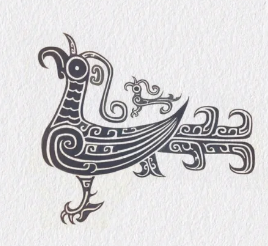
- During the Qin and Han dynasties, the phoenix pattern was also presented as a single entity. It either stood with a tall crest on its head and a peacock – like tail, or was in a flying posture, with wings spread and feet raised, called the dancing phoenix. The phoenix pattern became more colorful in terms of decoration and vividness, and more dynamic in form.
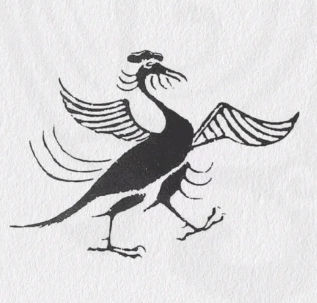
- During the Wei and Jin dynasties, with the introduction of Buddhism, the phoenix pattern was rich in religious connotations. At this time, the phoenix pattern was often combined with plant flowers such as lotus, and its shape was mostly light and elegant.
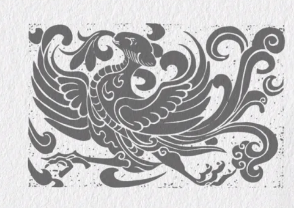
- In the Tang Dynasty, the phoenix pattern reached a new height. The open and confident cultural heritage of the Tang Dynasty nurtured a plump and lively phoenix – pattern image. During this period, the phoenix pattern had more forms of expression, not confined to a single form, and was more closely related to daily life in content.
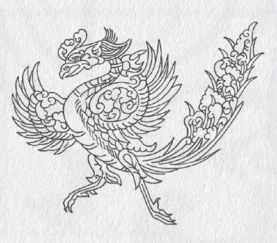
- During the Song and Yuan dynasties, the phoenix in the Song Dynasty was in a flying posture, unlike the standing postures in the Han and Tang dynasties. Its wings were outstretched, and its tail feathers fluttered, either in the shape of feathers or in the shape of the Scroll Grass Pattern. However, without the magnificence of the Tang Dynasty, the phoenix pattern in the Song Dynasty appeared delicate and magnificent, showing elegant taste with soft lines.
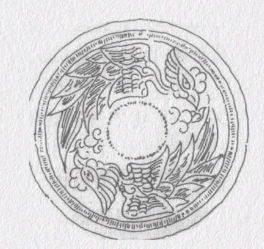
- During the Ming and Qing dynasties, the phoenix pattern developed to its peak. At this time, the phoenix pattern was more often combined with the supreme imperial authority. In the Ming Dynasty, the phoenix was mostly in a flying posture, with a large head, a slender neck, outstretched wings, and fluttering tail feathers, in a beautiful form. The phoenix pattern in the Qing Dynasty was generally similar to that in the Ming Dynasty, but with more gorgeous decorations and more auspicious meanings.
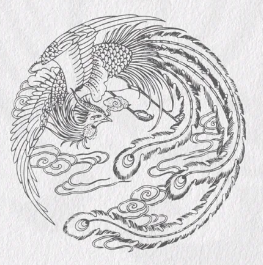
III. Artistic Expressions of the Phoenix Pattern
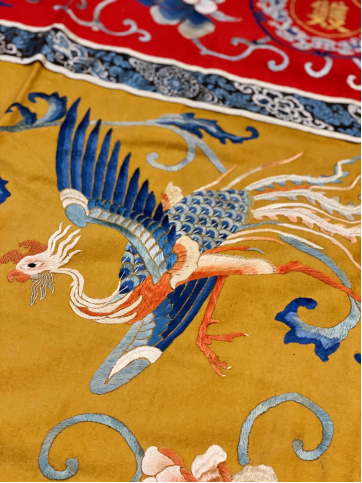
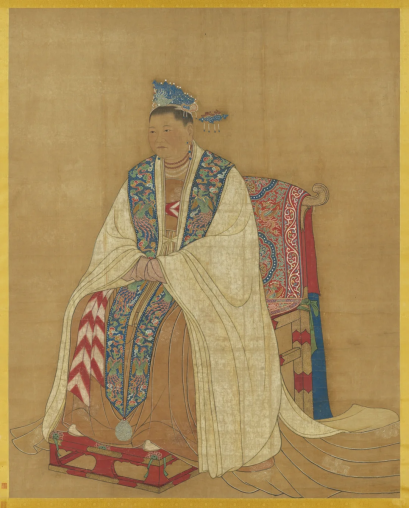
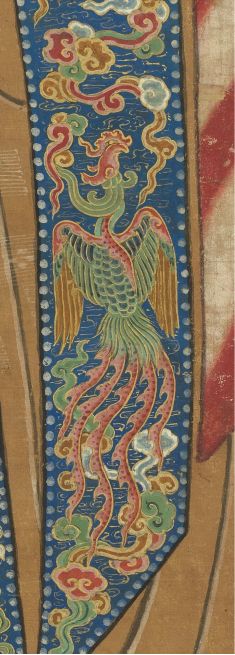
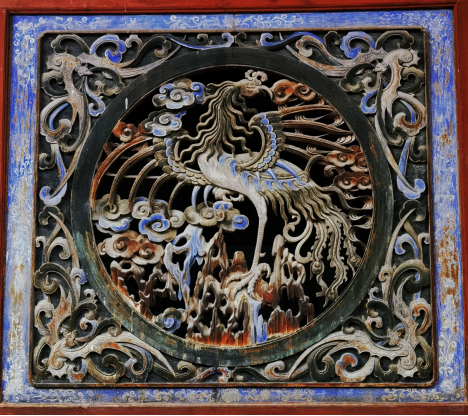
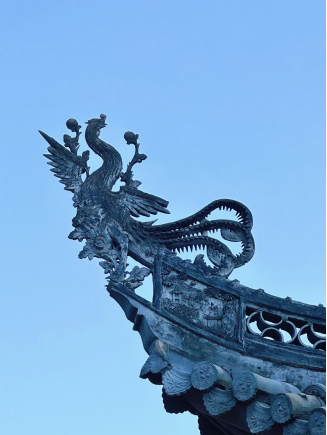
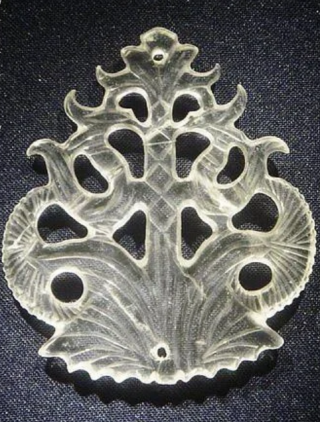
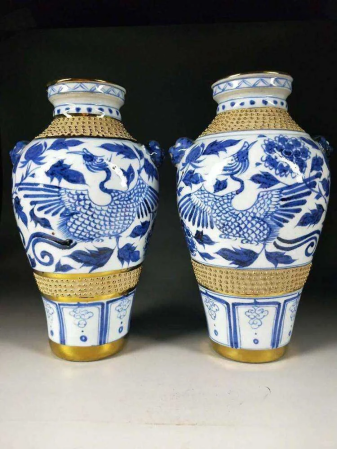
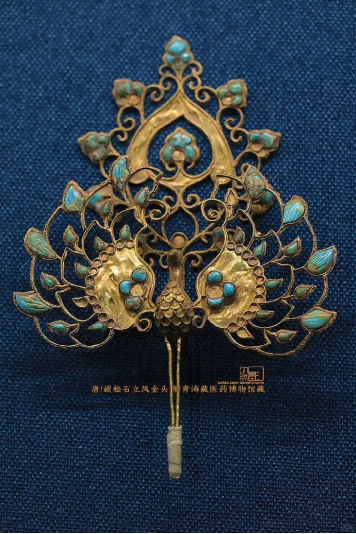
IV. Cultural Symbolism of the Phoenix Pattern
The phoenix pattern initially evolved from totem culture and developed over time. During the period of highly centralized imperial power, it became a favorite pattern among the imperial family and nobles. Composite patterns combined with the phoenix pattern, such as “Dragon and Phoenix Bringing Prosperity”, “Phoenixes Flying Together”, and “Phoenix Passing through Peonies”, have pushed the development of the phoenix pattern to a new heyday.
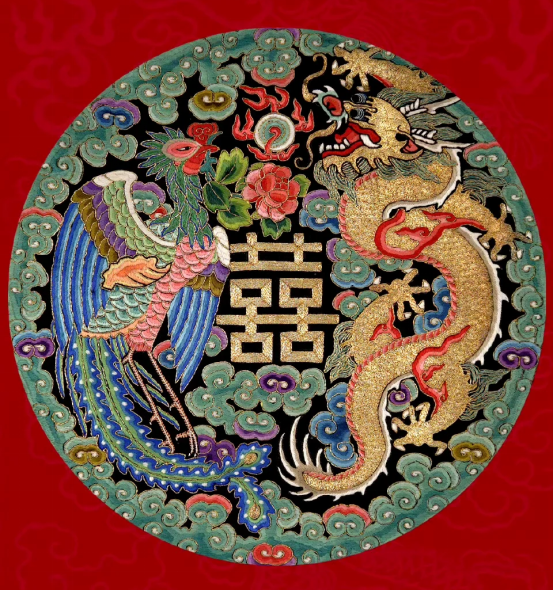
The phoenix pattern first emerged from the ancient people’s worship of the sky, the sun that radiates light, and the bird totems of birds soaring in the sky. These forms of worship gave birth to another creation – the phoenix.
The dragon and the phoenix are two major totems of Chinese civilization and auspicious beasts representing good luck. Throughout the alternation of feudal dynasties over more than two thousand years, they have always symbolized the highest power. We can see the phoenix pattern on the empress of the Ming Dynasty (in the ancient painting above). Not everyone was allowed to wear Hanfu embroidered with phoenixes in ancient times.
V. The Reinvention of the Phoenix Pattern in the Contemporary Era
A large number of vivid phoenix – bird patterns are applied in folk handicrafts such as blue – printed cloth, embroidery, cross – stitch, as well as woodcarving, stone carving, brick carving, and paper – cutting. Even today, the phoenix – bird pattern can still be seen on fashion runways.
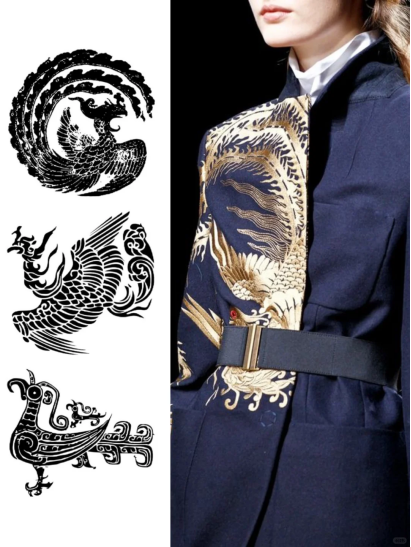
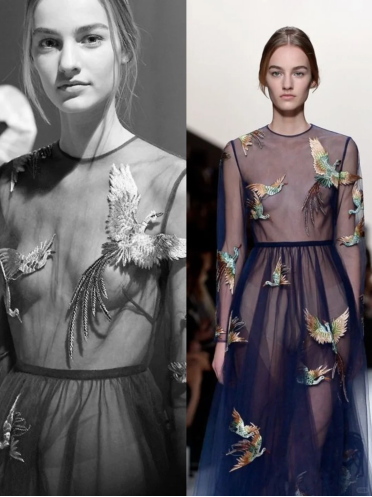
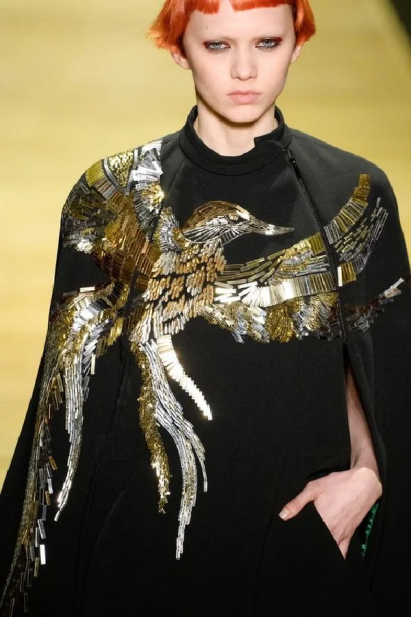
Pictures from Dries Van Noten FALL 2012 READY-TO-WEAR, Valentino’s Fall 2014 and Barbara Bui Fall 2016.
VI. Conclusion
The phoenix pattern holds great symbolic significance in Hanfu culture. It is the embodiment of auspiciousness, representing good luck, happiness, and beauty. When people wear Hanfu adorned with the phoenix pattern, it’s as if they drape themselves in good fortune, expressing their yearning for and pursuit of a better life. In ancient China, the phoenix was often paired with the dragon, symbolizing the dignity and grace of women. A Chinses dress for women with the phoenix pattern exudes elegance and nobility in every gesture, highlighting the unique charm and temperament of women. The phoenix pattern also reflects the Chinese nation’s unremitting pursuit of a better life, inspiring people to be positive, strive for excellence, and constantly surpass themselves.
In ancient times, the phoenix pattern was usually solemn and magnificent, with delicate and smooth lines, and every detail exuded the majesty and nobility of the royal family. In modern times, with the diversification of aesthetic concepts, while retaining its traditional charm, the phoenix pattern has incorporated more innovative elements, presenting a more fashionable and simple style to meet the aesthetic needs of different people. Whether it’s Hanfu in a retro style or a modern style, the phoenix pattern can be skillfully integrated, adding a unique artistic charm to Hanfu.
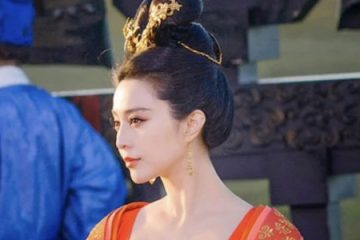
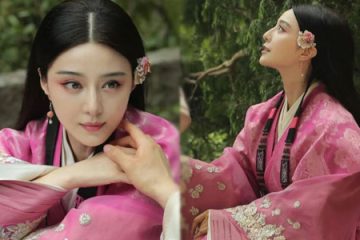
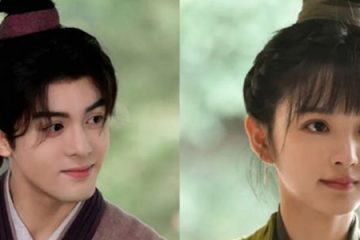
0 Comments